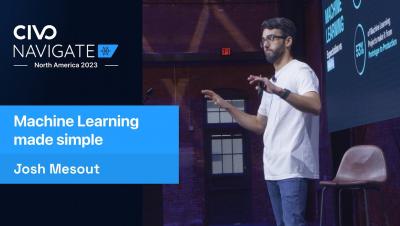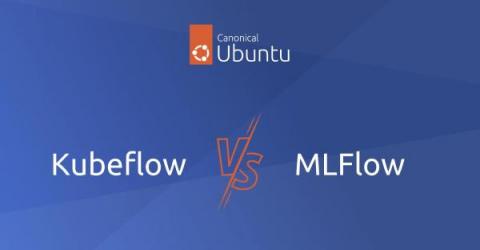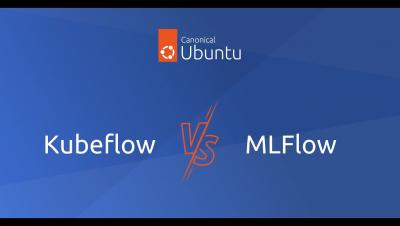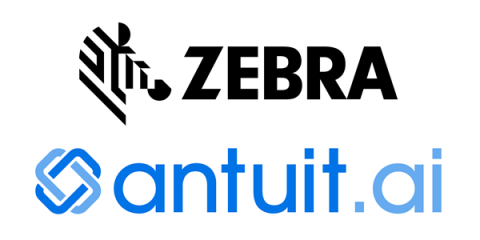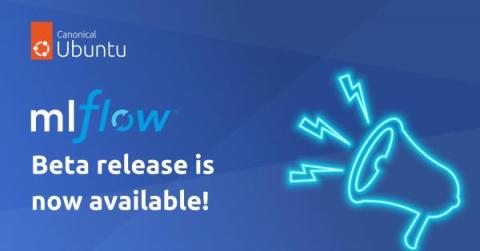Operations | Monitoring | ITSM | DevOps | Cloud
Machine Learning
Kubeflow vs MLFlow: which one to choose?
Transforming Data Analysis: Exploring The Latest Advancements in Extraction Capabilities
Kubeflow vs MLFlow
Monitor machine learning models with Fiddler's offering in the Datadog Marketplace
With the growing utilization of AI, modern business applications rely more and more on machine learning (ML) models. But the complexity of these models poses significant challenges to data scientists, engineers, and MLOps teams seeking to maintain and optimize performance.
ML Spotlight | Netdata Office Hours | June 7th 2023
From Machine Vision to Sensors, Technology is Helping Keep People and Food Safe
Charmed MLFlow Beta is here. Try it out now!
Canonical’s MLOps portfolio is growing with a new machine learning tool. Charmed MLFlow 2.1 is now available in Beta. MLFlow is a crucial component of the open-source MLOps ecosystem. The project announced it had passed 10 million monthly downloads at the end of 2022. With Charmed MLFlow users benefit from a platform where they can easily manage machine learning models and workflows.
Beyond Machine Learning: Advantages of Ensemble Models for Interpretable Time Series Forecasting
How to secure your MLOps tooling?
Generative AI projects like ChatGPT have motivated enterprises to rethink their AI strategy and make it a priority. In a report published by PwC, 72% of respondents said they were confident in the ROI of artificial intelligence. More than half of respondents also state that their AI projects are compliant with applicable regulations (57%) and protect systems from cyber attacks, threats or manipulations (55%). Production-grade AI initiatives are not an easy task.


